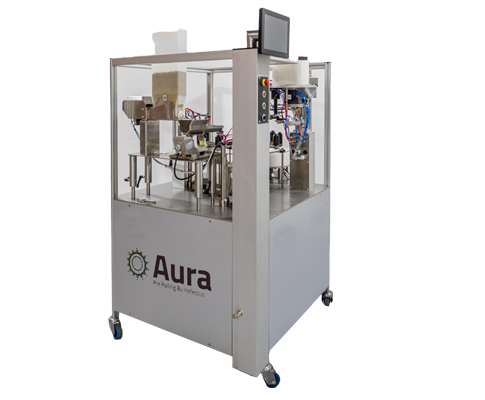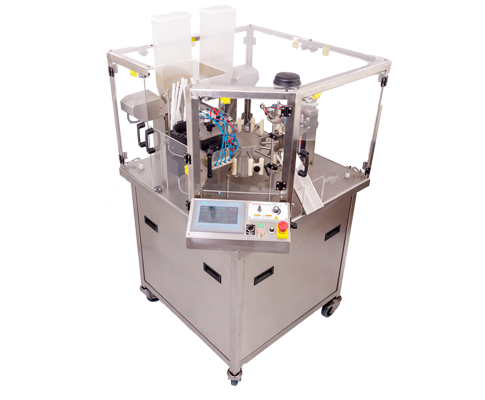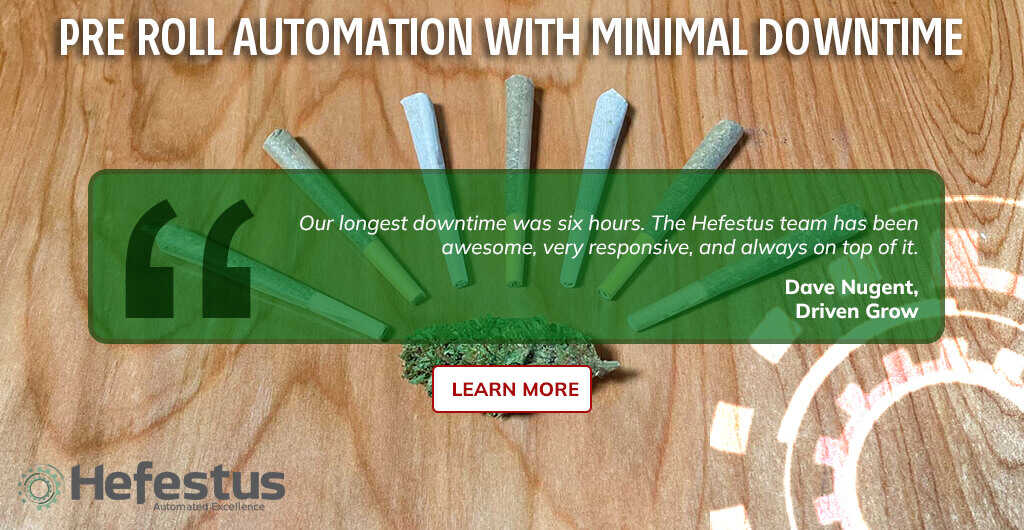Pre-roll production has emerged as a cornerstone of the cannabis industry; however, this vital process is often stifled by production bottlenecks.
Instead of efficiency and scalability, operators are often hampered by manual pre-roll methods.
While hand-crafted pre-rolls have their charm, the method is fraught with limitations. Imagine using a teaspoon to empty a bathtub when the market demands a high-powered pump.
This reliance on manual processes caps a business’s production capability, forcing a delicate balancing act between maintaining quality and increasing quantity.
As demand surges, how does one scale up without sacrificing the soul of the product?
The Need for Speed: Addressing the Bottleneck Issue
In the fast-paced world of cannabis production, time is a luxury few can afford.
The need for speed in pre-roll manufacturing is a matter of efficiency, but it’s also a critical factor in staying relevant and competitive. If you’re delivering hundreds of thousands of pre-roll per month, you’ll need a small army of hand-rollers or an automated solution like the AuraX, which can produce up to 2,000 pre-rolls per hour.
Slow production rates are more than just a minor hindrance; they represent a significant barrier to growth and scalability in an industry where demand continues to rise.
The cost of production bottlenecks
When pre-roll production lags, the repercussions ripple across the entire business spectrum.
Slow output rates mean missed opportunities in a market where timeliness is the difference between capitalizing on a trend or being left behind.
Furthermore, sluggish production creates a bottleneck that strangles potential, limiting a business’s ability to expand its reach and satisfy customer demands.
In a sector where the product’s freshness and availability are key, delays in production can directly impact a company’s reputation and bottom line.
And brands that struggle to fill orders or miss deadlines, are brands that lose value shelf space in the dispensary.
Overcoming the bottleneck in pre-roll production is not just about speeding up a conveyor belt or rolling faster; it’s about reengineering the entire process to meet the demands of a rapidly evolving market.
The Role of Automation in Increasing Production Capacity
In an industry where every second counts, reliable automation emerges not just as a solution but as a revolution.
The transition from manual to automated pre-roll machine marks a significant leap forward in efficiency and scalability. It’s here that companies like Hefestus showcase their true value, providing machinery that shifts the production paradigm from labor-intensive to technology-driven.
At the heart of this revolution is a simple yet profound change: replacing time-consuming, inconsistent manual processes with precise, high-speed automated solutions.
Automated machinery – as long as it’s reliable – dramatically increases production capacity, enabling businesses to fulfill large orders and respond swiftly to market demands.
With equipment capable of producing thousands of pre-rolls in the time it takes to manually roll a fraction of that number, the bottleneck issue becomes a thing of the past.
Beyond speedy production
The advantages of automation extend beyond sheer speed.
Consistency and quality, often compromised in manual processes under the pressure of scale, are significantly enhanced.
Automated machines deliver uniformity in pre-roll size, shape, and weight, ensuring a consistent product for consumers every time.
Moreover, automation unlocks new horizons for businesses. It allows them to redirect their focus from the tedious aspects of production to more strategic initiatives like market expansion, brand development, and customer engagement.
In essence, automation does not just accelerate production; it catalyzes business growth.
As we move forward, we’ll explore real-life case studies where the implementation of automation has redefined businesses, transforming them from struggling to keep up to leading the market charge.
Case Study: Transformation Through Automation
Copperstate Farms stands as a titan in the North American cannabis industry. With over 1.7 million square feet of greenhouse canopy, this powerhouse blends big agriculture, consumer packaged goods, and pharmaceutical precision.
The Pre-Roll Challenge: As pre-rolls surged in popularity, Copperstate faced a daunting task: ramping up production to match the booming demand. This challenge was met head-on with the introduction of two Aura machines (Aura 2000 and Aurax) and a grinder add-on. Barb Hansen, the Pre-Roll, Packaging & Inventory Manager at Copperstate, emphasized the need for a solution that matched their unique pre-roll style – folded, not twisted, maintaining a handmade look.
The Automation Impact: Since the Aura machines were installed in June 2021, the results have been nothing short of spectacular. Production skyrocketed to 100,000 pre-rolls weekly, with peak performances reaching 1,400 pre-rolls per hour. The PSE 5 grinder further streamlined the process, efficiently handling up to 40 pounds of flower per hour, a significant improvement over previous, less adaptable grinders.
Service and Satisfaction: Beyond the machinery, Copperstate lauds the exceptional service received, highlighting the ease of installation and the invaluable 24/7 remote support. Hansen’s praise for the personalized, strain-specific adjustments and the overall service underscores the importance of strong customer support in the successful integration of automation technology.
Bottom Line Benefits: Perhaps most telling is the impact on Copperstate’s bottom line – an 8% reduction in labor costs. This figure not only speaks to the efficiency of the automation but also to the strategic reallocation of resources towards other aspects of the business.
The Impact of Automation on Workforce Utilization
Automation in cannabis pre-roll production has not just transformed the way products are made; it has also reshaped the workforce and the industry’s approach to equipment. The integration of advanced machines like those from Hefestus has enabled businesses to achieve higher outputs with fewer hands on deck.
Notably, this shift allows employees to be repurposed towards more strategic roles such as quality control, product development, and customer engagement, enhancing the overall value chain of the business.
From Obsolete to Obvious: The Evolution of Equipment
As the industry evolves, the transition from traditional methods to sophisticated automated systems becomes more pronounced. What was once seen as groundbreaking, like the conventional knock boxes, now pales in comparison to the efficiency and precision of modern automated solutions.
This evolution is about technological advancement, and it’s a reflection of the industry’s growing maturity and its drive towards innovation and excellence.
Embracing the Future of Automated Pre-Roll Production
The future of the cannabis pre-roll industry is undeniably intertwined with automation. Embracing this technology is no longer optional for businesses looking to stay competitive and efficient.
As the market continues to expand and evolve, the key to success lies in innovation and adaptability.
Hefestus already has 10+ years’ experience in pre-roll automation, and the journey continues. For those willing to ride this wave of change, the possibilities are limitless.









